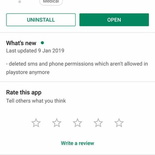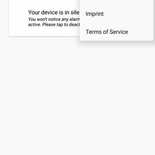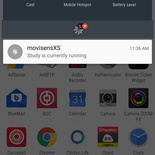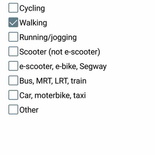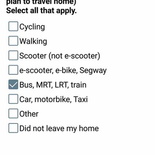As part of the on-going Singapore population health studies, I was given the opportunity by a researcher during a visit to participate in a new lifestyle tracking study. As of present, they are piloting the trial in small numbers. I successfully completed a recent step tracking trial run, so I can share on what to expect. Let have a closer look at what to expect when you sign up for the Singapore Population health studies health tracker trial.
What is the Singapore population health studies?
Singapore population health a study in a nutshell is Singapore’s longest running health census health survey. It is a population-based health research initiative of the Saw Swee Hock School of Public Health. It collects and compares of risk factors for such diseases across ethnic groups and the study of their relationship with chronic disease outcomes during follow-up of the cohort.
Moreover, as a participant, you attend a once in a blue moon scheduled health check. The intent is to grab regular “census style” snapshots of the health of Singaporeans. In the study, there will be blood tests, ECG, high, weight, blood and urine tests conducted/measured. Data is collected over an extended period of time. Also, you will be called in for regular “check point” health check-ups every 4 years or so to see how you are doing. You can call it a “free comprehensive health checkup” if may.
What makes his study stand out is its local Singaporean emphasis. Never before had there been large scale data collection on the Singaporean demographic. Here, researchers can accurately determine and predict diseases and recommend lifestyles tailored to our diet and community norms. This is far more valuable than referencing data from other Western studies. Western data may not be accurate or compatible to the Singaporean way of life.
Commendably, with the data collected since their inception of the study almost 5 years ago, the study have since published over 100 papers. Also, your privacy is respected and data obtained are anonymized for purposes of the research.
Meet the accelerometer activity tracker
In addition to the health census, some participants are selected for additional experimental trial studies. It is part of the several lifestyle data gathering exercises to learn about the population’s inclination to physical activity and sedentary behavior. It is also led by the Singapore NUS population health studies.

One such study is lifestyle tracking. For the purpose of this study, you are loaned a motion activity tracker to take back home. You are to it wear throughout your daily activities. It is essentially a portable accelerometer data logging device. Additionally, the device is sized like a handheld pedometer.
Furthermore, the tracker device is worn using an elastic waist strap. The census staff recommends wearing the tracker above your hip, with a reference black nub of the device pointing upwards. The main thing is to fix the orientation of the device in use and not swap it throughout the study. The device protrudes about 1.6 cm from your waist. It is pretty discreet and easily concealed with your clothing over it.
You are to wear the device on your daily activities over a period of 9 days starting from the date of issue (except bathing or sleeping). The census staff will set a mutually agreed date for you to return the health tracker at the end of the 9 day session.
Close look at the Step Tracker
Moreover, the accelerometer device is encased in clear red-colored plastic. On close inspection it has an accelerometer PCB attached via an on-board li-ion battery. The size of the battery, when fully charged looks adequate for it to last easily over 1-2 weeks without a charge and the duration of your study. Also, it has 2 status LED lights on to show it is function and actively recording data.
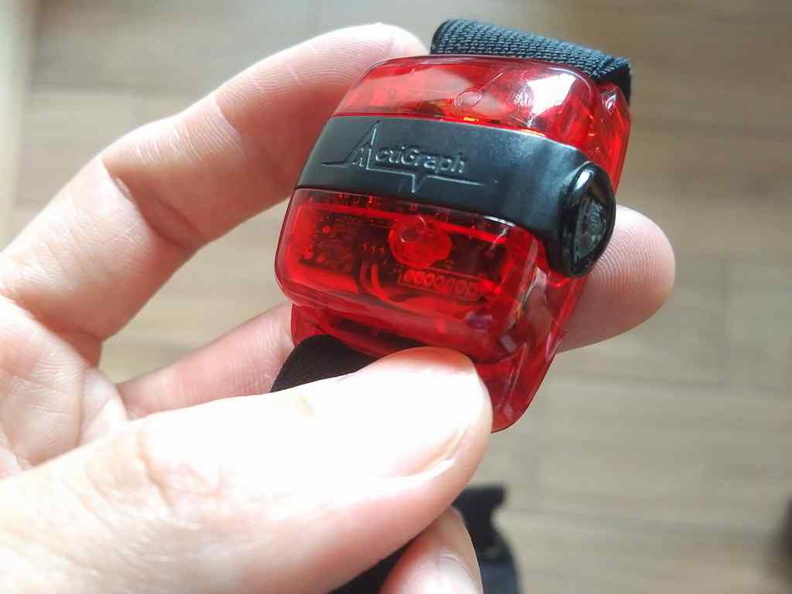
Furthermore, there is no need to charge your tracking device, nor having to pair with the app on your phone. This is unlike the HPB step challenge Bluetooth step trackers you might be familiar with.
The device is splash and sweat resistant, hence it is perfectly fine to doing running with it. However, the device is not water-resistant. Do note that you should not submerge the device in water as it is not waterproof. Hence, swimming or showering with the tracker is forbidden.
As the device is essentially an accelerometer, it just records movements, like up down, left right motions it feels. Its purpose is to collect data providing indication of Singaporean’s lifestyles. That if you are an active or sedentary person. All tracking info are all stored locally on the device itself. It is quite a “dumb” standalone data recording device and does not record your location.
Say hello to Movim App
Also complimentary to the accelerometer tracker is a smart phone component. It provides an additional data source for the study. Upon collection of the tracker, you will be asked to install an App called MovimXS. It is a commercially created app by Movisens, not exclusive to the study. It is a location tracker and delivers survey questionnaires.
If you are not technically inclined, fret not. The friendly census staff at their Bras Basah complex office will setup the App on your smartphone in person when you are present to collect the tracker. You need your own smartphone to participate in this study.
Thereafter, they will brief you on the details of the program as well as set a mutually agreed date to return the tracker back at Bras Basah after the duration of the study.
App location tracking
Moreover, the purpose of the phone app is to provide supplementary GPS location and activity information to paint how often Singaporeans travel and whether they visit green spaces (like parks). Additionally, it works in tandem with an app on your phone quiz questions you at fixed regular intervals of the day on how your activities and planned activities for the day.
Additionally, your geo-location is automatically logged and relayed back to the study via the Movim App. Hence, you are recommended to keep your phone with you at all times. This could be a concern if you do not have your phone with you for all your activities. For instance, I do not carry my phone with me on my long runs out at parks. Though the census staffs do urge you to bring it along with you at all times.
The app won’t hog your data. In my use, the logs transmitted did not consume not more than 30-50MB of mobile data for the entire duration of the study. It will hardly even put a dent on your data use so no worries about having to need to tether find Wi-Fi hotspots about the App bursting your mobile monthly quota. Also, your data collected will be anonymised, used and shared purely for the purpose of the research study.
My main gripe with the App is the battery drain. It requires you to set your phone’s GPS poll rate quite aggressively. This, in turn reduces your phone battery life. On average and depending on the age of your battery, the app consumes about 10-20% of every full phone battery charge for the day. Be good never to leave home without a charged powerbank handy.
Questions on your daily routine
I did mention Questions; yes the Movim App on your phone will prompt you via a notification alarm three times daily. The first at 9:30am, and next 2 in the evening at about 7pm and 8:30pm.
Moreover, the questions are nothing personal, or anything which too complex requiring you to scratch your head searching an encyclopedia for an answer. It revolves asking about a simple summary of your transport, exercise and green space visitation for the day.
In a nutshell, the App queries a same standard set of community or activity related questions. Depending on your reply, the ask might ask one or two additional follow-up questions. This It is mainly to request more secondary details of your specified day activities. Examples include how you traveled to any green parks you visited or type and duration of the physical activity you completed for that particular day.
Notably, you need not have to answer your 3 daily questions immediately when you are busy. A pending notification will remain on your phone which you can answer at your own time when available. Questions won’t take long to answer; you generally won’t take over half a minute to answer them once you get the hang of it.
However, pending unanswered questions do time-out if left unanswered for over a couple of hours. I remembered sleeping in late on a weekend and missed my 9.30am question.
Benefits of participation
Upon returning your tracker, the census staff will run through a 10 minute closing session with you. They will also verify the data collected on the tracker. When all is good, you will be given a $20 SGD token gratitude sum. This is to cover your transportation fees at the end of the trial. However, I wished this step tracking trial payout could be larger. So as to justify the cost recovery of two trips (to collect and return the tracker). In comparison, the health population survey has a $50 payout for a single 2 hour session.
Notably, this is payout is also much lesser than other health tracking programs. Notable prominent comparisons include the Singapore Health promotion board (HPB) Step Challenge with a larger sponsorship base.
All in all, payouts are not the main reason why I participated in this health census survey in the first place. Anything which goes into providing good data to better the health research quality for the Singapore people is worth spending time for, despite the small payout.
I hope this post provides you sufficient information of what to expect when you sign up for the accelerometer activity tracking trial. Also, this program is still pretty much a work in progress. It may be subjected to subsequent revisions and refinement with participation.
If you are keen to participate or find out more of the Singapore population health studies, you can read and find out more of the study or register at the link here.

